

|
CLASSIC STYLE
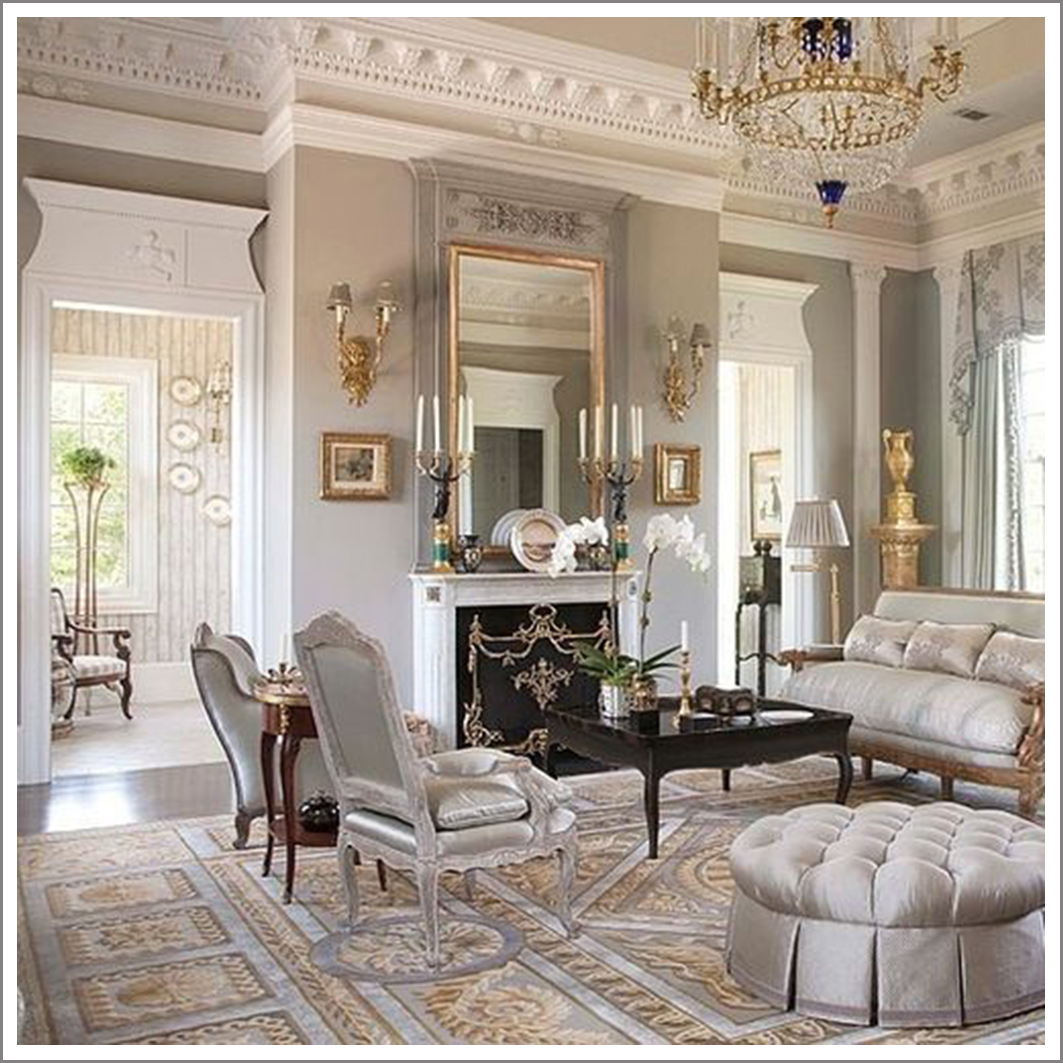 Classical interior design is based on order, symmetry and balance which relates to the ideals of the Greek and Roman empires. A primary element in classical style is the use of a focal point around which visual balance is achieved, for example a feature fireplace flanked on either side by matching armchairs with an ornate mirror above. The colour palette common to classical interior design style is often inspired by nature. The classic style is one of the more refined styles which have been one of the most developed interior designing styles. The classic style is richer in details which can be found in the structure of the furniture, in the lighting, in sets, prints etc. The furniture in the classic style of interior designing will be that of art type which will be carved, has inlaid details, and will be decorated with the floral elements, leitmotif and scenes from the legends. Fabrics used in classical interior design style tend to be elegant without being overly ornate or attention grabbing. Cotton, canvas and velvet are some commonly used in classic interiors. Natural flooring of wood, stone or marble works best in the classically styled environment as they relate well to the natural colour schemes used.
|
EMPIRE STYLE
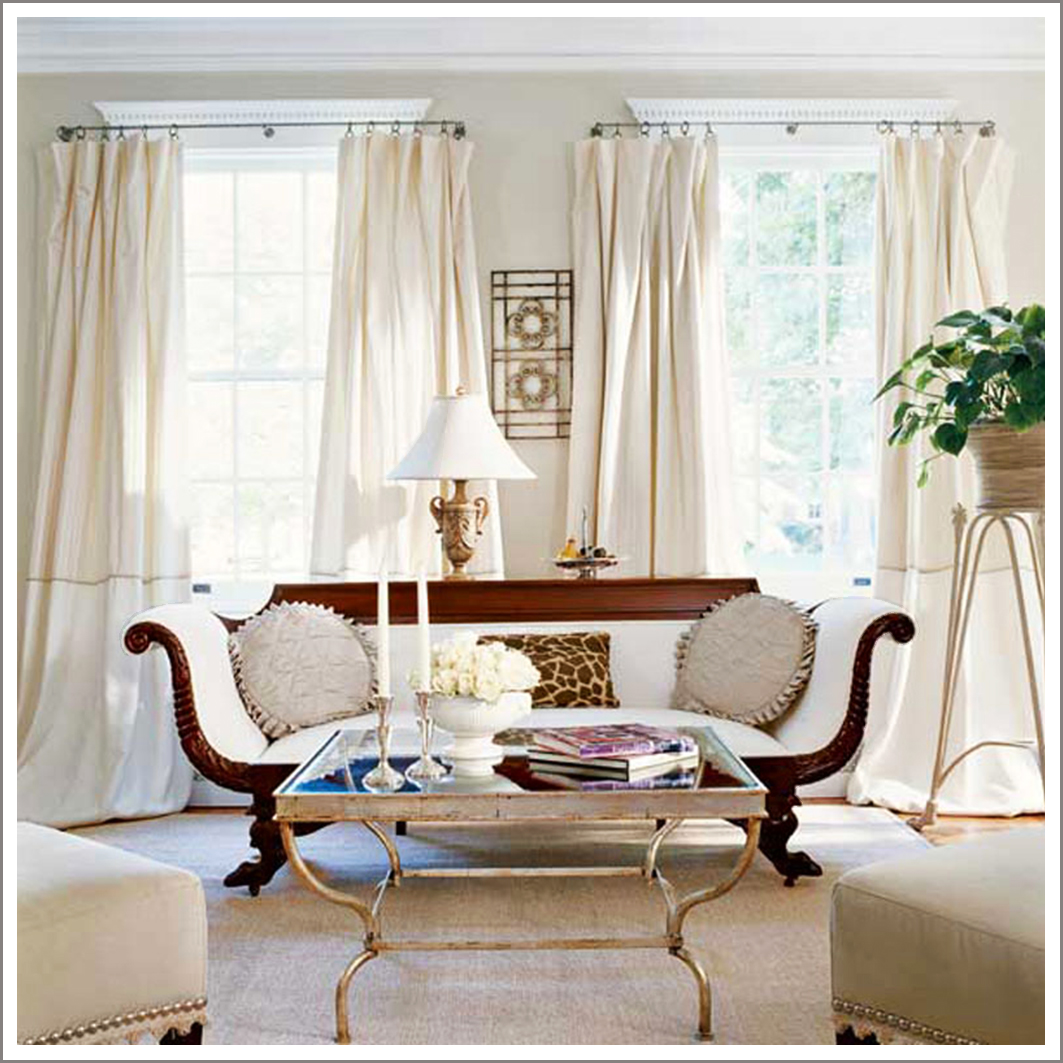 The Empire style is an early-19th century design movement in architecture, furniture, other decorative arts. From France it spread into much of Europe and the United States. The style originated in and takes its name from the rule of Napoleon Bonaparte in the First French Empire, when it was intended to idealize leadership of Napoleon and the French state. The style corresponds in that intent to the Biedermeier style in the German-speaking lands, Federal style in the United States, and the Regency style in Britain. Napoleon I visited French textile, porcelain, and furniture workshops to encourage their increased production for the greater glory of France, and all of the arts served to promote his regime. Revolutionary conquests were echoed in the fine and decorative arts, in which figures of Fame and Victory abounded. Antique forms and ornament, already seen in the Louis XVI style, blended with imperial symbols, which included the bee, the letter N surrounded by a laurel wreath, stars, the eagle, and exotic hieroglyphic motifs culled from the Egyptian campaign. Empress Josephine was fond of swans; they decorate the chair arms, curtains, carpets, and porcelain in the state rooms of her home at Malmaison.
|
|
VINTAGE
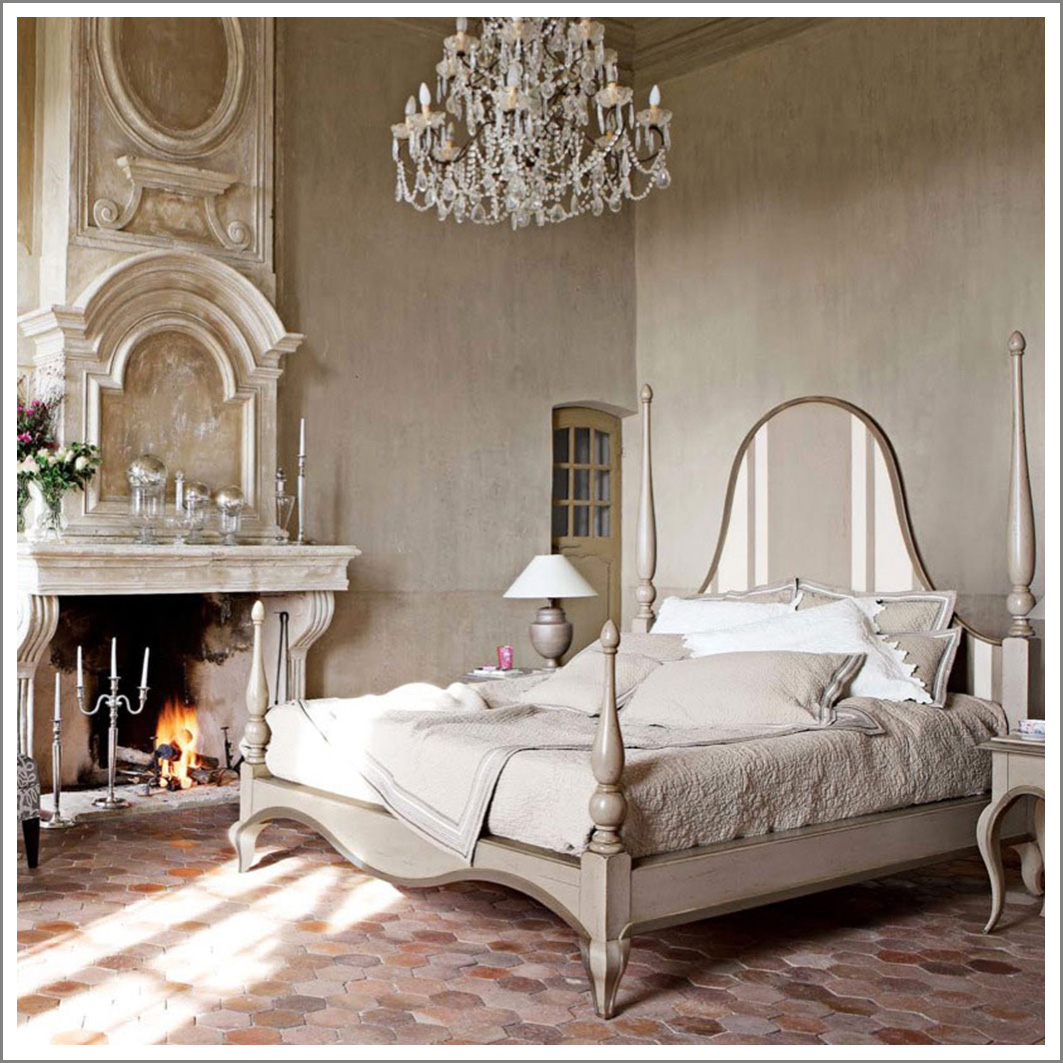 Feeling nostalgic? Vintage interior design is all about creating a sense of charm and history through old eclectic pieces. By adding antiques, collectibles, flea market finds, and estate sale items you can develop a vintage atmosphere. Vintage interior design is about embracing the things of the past and enjoying them just as they are by repairing or refinishing them. The vintage interior style is about the 1940’s glamor and the end of World War II. This is a delightfully, beautiful era to refashion in your home. It is meant to be nostalgic and looks to an elegant time in history for influences. It is a way for people to externalize and cherish memories by including that old piece of furniture from you grandma’s house for example.
|
RETRO
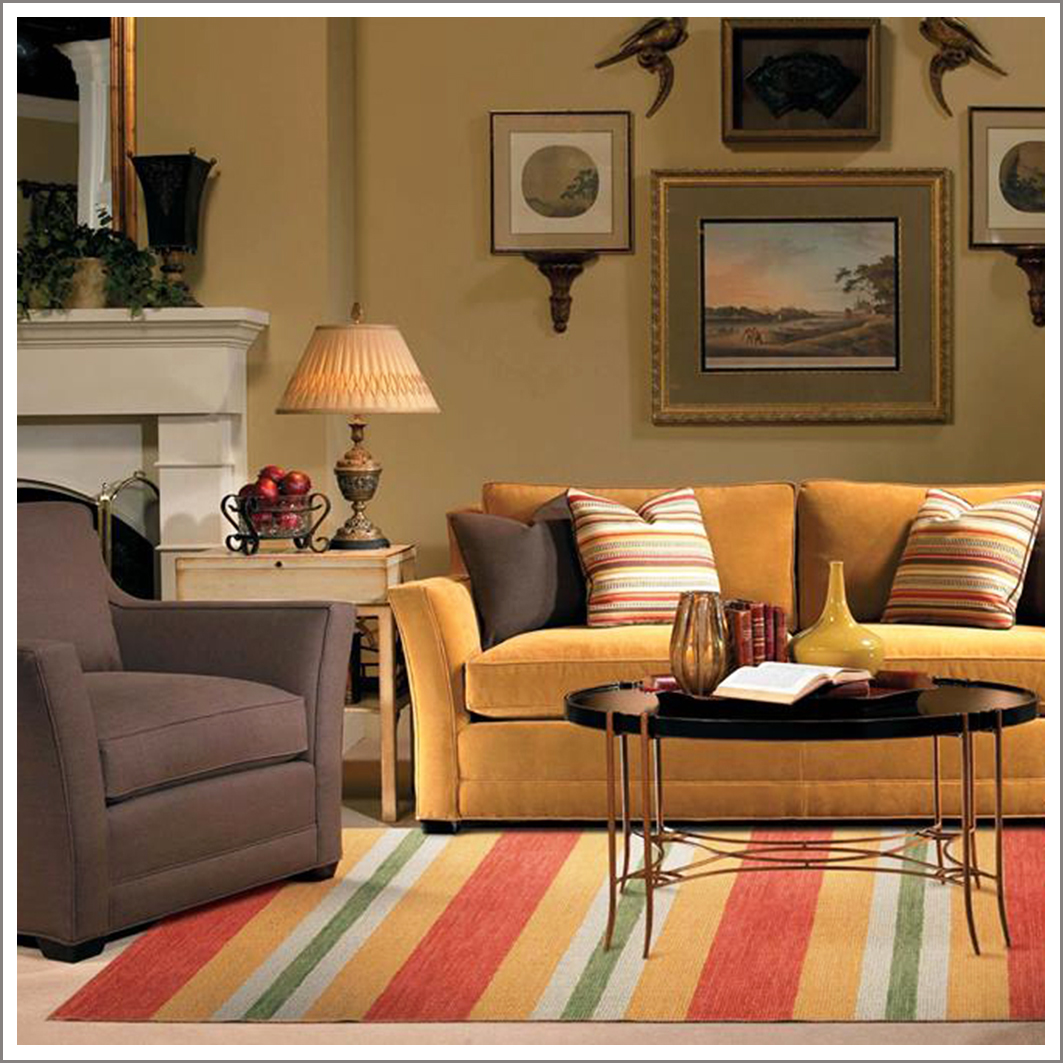 Retro style decorating actually encompasses several decades of styles, and the term itself is used to describe almost any interior decorating themes that are influenced by trends and styles from the past. And while this definition means that just about any era could be considered "retro", the term is more commonly used to describe decor from the 1950-s, 60-s and 70-s. Go back just a little farther and you are bridging more on vintage style, although the two styles can (and do!) frequently cross over.
Retro style usually has a fun, lively feel to it, with bright colors, wild designs and an overall sense of "flair". Just think back to the fabrics and textures during the 60-s and you will immediately get a sense of where your decor needs to go to truly capture the essence of retro style. Retro style decorating is about combining a variety of shapes, textures and colors to create a look that is as unique as the era that influenced it. Retro furniture is sturdy, durable and completely usable. Everything is useful and functional. Furniture and accents have a purpose, such as black and white checkered curtains or the lime green bean bag chair in the corner. Ottomans often doubled as storage space and come in a variety of unusual shapes and colors.
|
|
CONTEMPORARY
 The most obvious and distinctive element of a contemporary interior style is line. It is found in architectural details, use of bold color blocks, bare windows, and geometric shapes in wall art and sculpture. The bare space, on walls, between pieces of furniture, and above in upper areas, becomes as important as the areas filled with objects. In contemporary interiors, less is more. Each piece stands out as individual and unique. Air ducts may hang from a ceiling, broken bricks provide texture and stability, and exposed plumbing pipes are perfectly acceptable in a contemporary style interior. To draw the eye, paint these structural details in bold contrasting colors, or to diminish their importance, blend them with the walls. Neutrals, black, and white are the main colors in contemporary style interiors. Smooth, clean, geometric shapes are essential for contemporary style furniture pieces. Pillows add a shot of color and texture in clean geometric shapes.
|
TRADITIONAL
 Traditional interior design reflects classic European decor. Trademarks of this style generally include deep wood tones, architectural details, and elegant furnishings. This style is quite versatile and can be combined with other interior elements to create a unique look in a room. One of the most important facets of traditional interior design is the silhouettes, also called the lines, of the furnishings. Wing-backed chairs, claw footed tables, and curved furniture pieces that reflect the 18th and 19th centuries are examples of this. Antiques are also often integrated into this design style, but many companies sell new pieces that mimic the lines of the old. Although elegant, traditional interior design often also emphasizes simplicity and comfort in its layout. Pairings of furniture and accessories are common in this design scheme. This is often done to create a sense of symmetry around a focal point, such as a favorite work of art, a fireplace, or a large piece of furniture.
|
|
ECLECTIC
 The eclectic style it is characterized by the fact that it is not a particular style. It is the borrowing of a variety of styles, ideas and theories, drawn from different time periods and different origins and combining them within a single project. Of course, a lot of efforts, thoughts, and creativity is necessary in order to make the project in eclectic style look great and at the same time logically interconnected. More than just throwing everything together, eclectic design works to make all these different styles work cohesively. Elements are thoughtfully connected with the other parts of the style in the room. Colors tend to be neutral to further help these different influences come together and avoid the chaotic look with the other features of the design. One can create a combination of all the different styles such as Mission, Traditional, Country, Contemporary, Loft, Tropical, Retro, Coastal, Asian, Ethnic, Lodge and achieve amazing results. It can sometimes seem inelegant or lacking in simplicity, eclectics are also sometimes criticized for expressing a lack of consistency. But with an eclectic mix one can simply overcome a stylistic stagnation and easily innovate and suit the interior to the needs and personalities of their owners, be it a neo-classicist assortment or some new age fun with a vintage feel.
|
FUSION
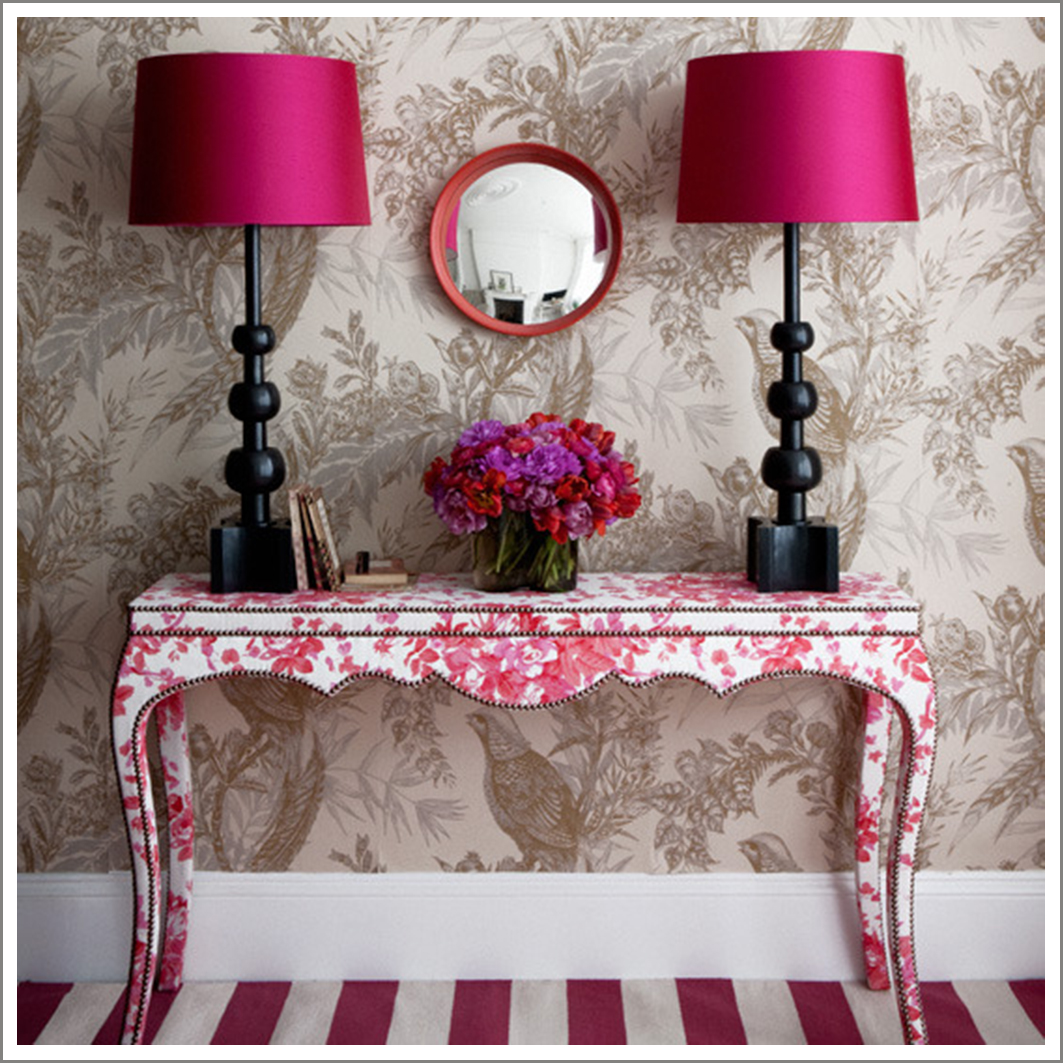 The Fusion style is considered as a real “bully” interior design. It combines things that are opposite at first sight. Everything is possible in Fusion style: pastel and bright colors, wood and metal of different shades and textures, all sorts of the most dissimilar prints. Can also be used a lot of the light sources at the same time, such as chandeliers, lamps, floor lamps, spot lights furniture and decor. Fusion appeared in the 80s of the last century and after three decades has become incredibly popular. Eventually, the idea of combination things that are incompatible at first blush is very universal. Fusion is considered to be design style, seeing it was created by particular designer. Consequently, the formation of the overall composition is based only on emotions. There is a very thin verge in the Fusion between the elegance and lack of taste, on which a designer should balance to create such interior. Therefore, the key to success of Fusion style is the pure taste of designer. Harmony. This word refers to all components of the interior – the color, materials, shape, texture, structure. All together should create unity in domestic sphere – the decoration should look and feel in one way. The Fusion really likes old things, which exists side by side with the latest innovations of furniture design. It gives the “second life” to vintage and antiques things. This is a new look on the well-known truths that will always be actual. After all, the thing with some history is very attractive and has its own special energetics. The Fusion style would be more familiar to young and creative people. That is why it will look great in the apartments of the artists, actors and other admirers of bohemian style.
|
|
MINIMALISTIC
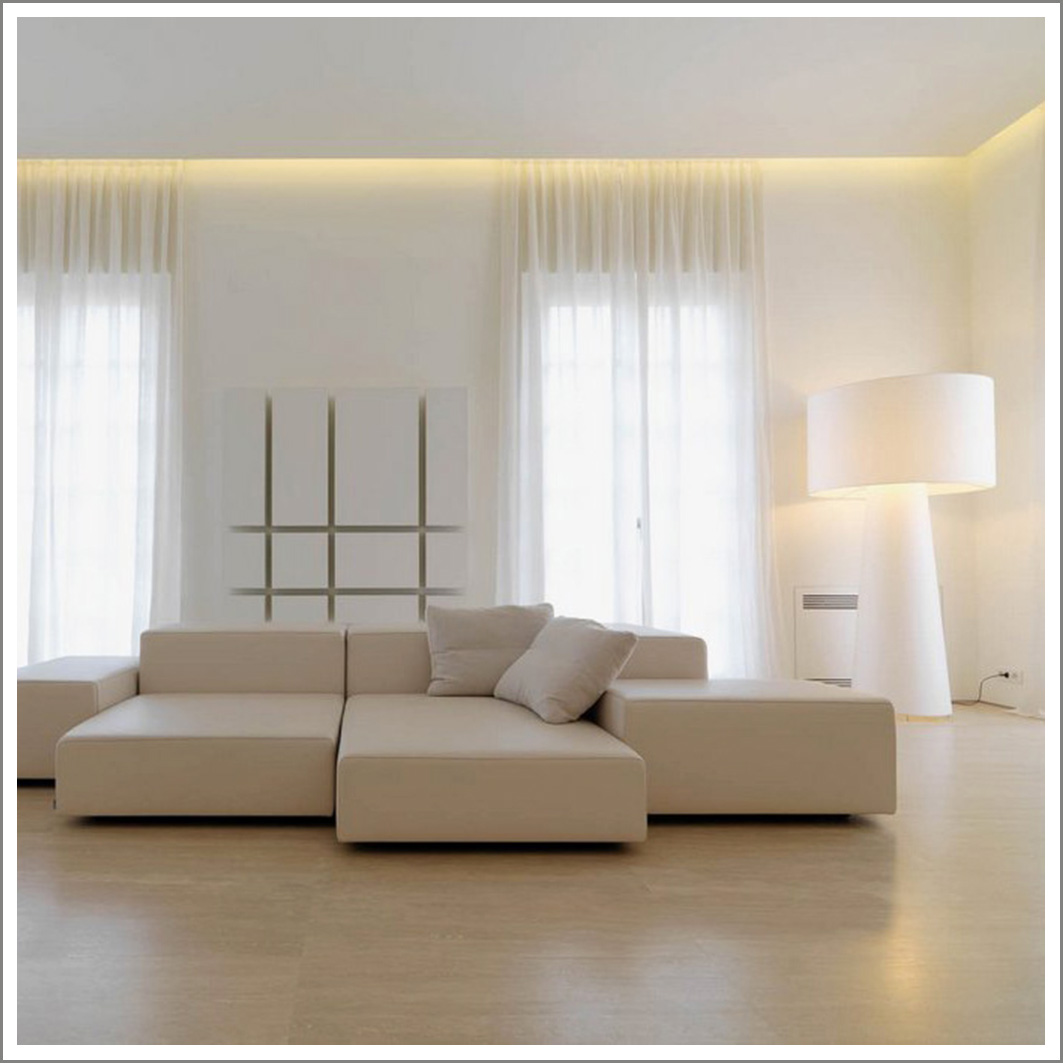 Minimalist interior design is one of the architectural centerpieces of the 20th century. Spare and streamlined while still being inviting, minimalism is charming in almost any space. With less clutter to wade through and mentally process, the innate beauty of each piece of furniture or art in the home really starts to stand out.
|
HI-TECH
 This is a modern high-tech style with usage of superior high-end technologies. Hi-tech continues to be one of the important styles in the design of residential and public interiors. This style appeared from the design of industrial facilities, where all elements of the appearance were subject to a functional purpose. Hight-tech is characterised by structural openness and inclusion in the visual range of pipes, valves, air ducts. High-tech features complex structuring of space. Glass, as well as metal and pipes is a favorite material of high-tech. Especially important is the "functional" beauty of holders, fixtures, lights, etc. Everything is really practical in high-tech. Hi-Tech is perfect for the fans of minimalism. The predominating colors in high-tech interiors: silver metallic, black, white.
|
|
МОДЕРН
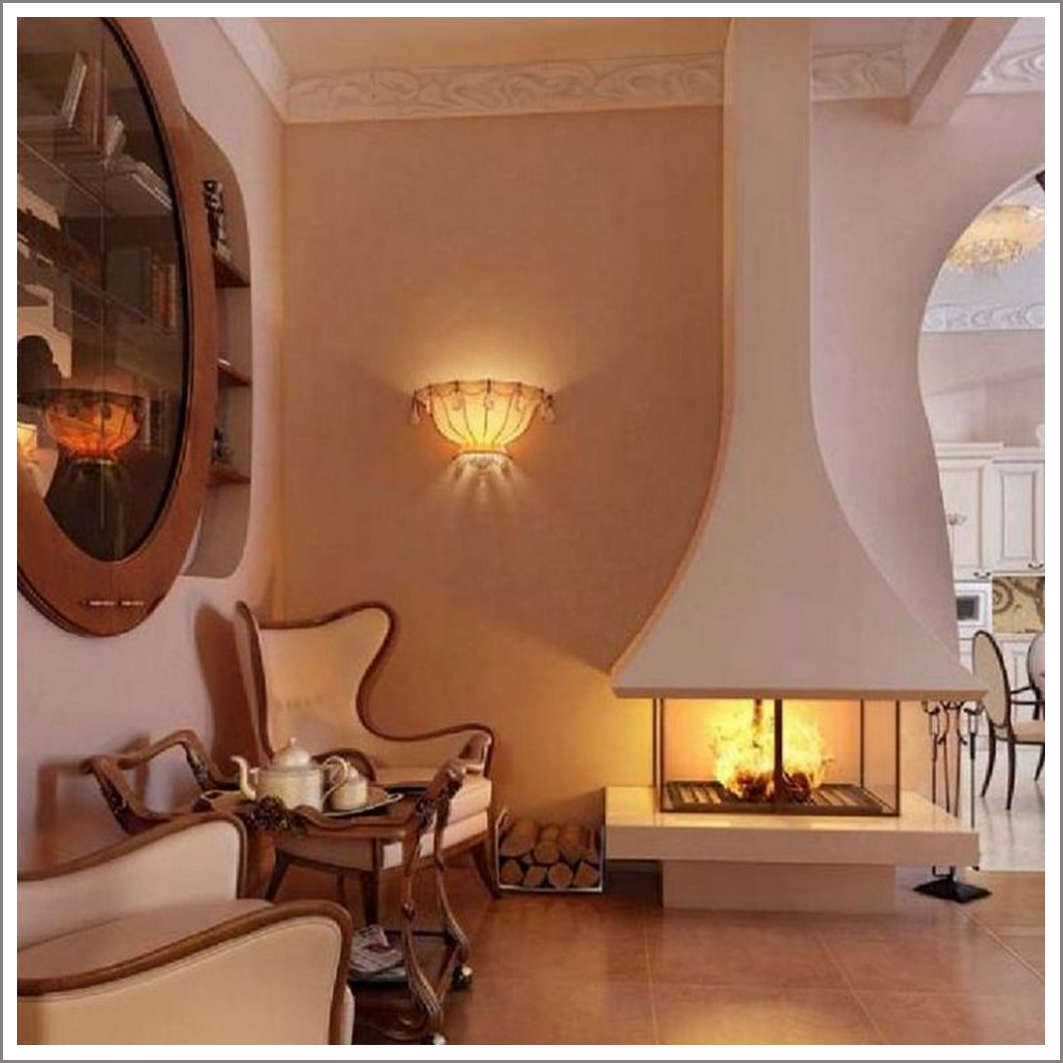 Основной принцип стиля Модерн – динамическое равновесие, воплощенное в обтекаемых гибких формах. Отказ от прямых линий и углов в пользу более естественных, природных, капризно извивающихся линий, похожих на локоны волос или изгибы стеблей растений. Линия является основой орнамента, выполняя стилеобразующую функцию, становясь воплощением красоты. Интерьер носит четко выраженный декоративно-прикладной характер, ориентированный на подражание природным формам. Причудливо изогнутые линии декора зрительно сливаются с элементами строительной конструкции. В отделке интерьера большое внимание уделяется стилизованному растительному узору, гибким, текучим формам, что превращает металлические конструкции в причудливые заросли фантастических цветов, люстры и светильники, напоминают формой чашечку цветка. Часто используется витраж.
|
АРТ ДЭКО
 Изысканный, яркий и элегантный стиль Арт Деко, выросший на почве западноевропейского модерна в начале 20-го века, называют последним большим стилем. Он вобрал в себя и творчески переработал элементы классики и ампира, египетского и африканского искусства, новаторские идеи кубистов и футуристов, а также искусство американских индейцев, создав при этом новые уникальные формы, преподнёс миру сказку, способную выжить в реальности. Арт Деко – воплощение элегантности и монументальности, характерными особенностями стиля являются четкость геометрических форм, ассиметричность, плавное перетекание одной формы в другую, причудливые орнаменты с позолотой. Этот стиль не терпит ширпотреба, многие элементы делаются индивидуально на заказ. Эталоном Арт Деко стали роскошные интерьеры океанских лайнеров, яхт и дорогие отели Америки и Европы.
|
|
МОДЕРН
 Основной принцип стиля Модерн – динамическое равновесие, воплощенное в обтекаемых гибких формах. Отказ от прямых линий и углов в пользу более естественных, природных, капризно извивающихся линий, похожих на локоны волос или изгибы стеблей растений. Линия является основой орнамента, выполняя стилеобразующую функцию, становясь воплощением красоты. Интерьер носит четко выраженный декоративно-прикладной характер, ориентированный на подражание природным формам. Причудливо изогнутые линии декора зрительно сливаются с элементами строительной конструкции. В отделке интерьера большое внимание уделяется стилизованному растительному узору, гибким, текучим формам, что превращает металлические конструкции в причудливые заросли фантастических цветов, люстры и светильники, напоминают формой чашечку цветка. Часто используется витраж.
|
АРТ ДЭКО
 Изысканный, яркий и элегантный стиль Арт Деко, выросший на почве западноевропейского модерна в начале 20-го века, называют последним большим стилем. Он вобрал в себя и творчески переработал элементы классики и ампира, египетского и африканского искусства, новаторские идеи кубистов и футуристов, а также искусство американских индейцев, создав при этом новые уникальные формы, преподнёс миру сказку, способную выжить в реальности. Арт Деко – воплощение элегантности и монументальности, характерными особенностями стиля являются четкость геометрических форм, ассиметричность, плавное перетекание одной формы в другую, причудливые орнаменты с позолотой. Этот стиль не терпит ширпотреба, многие элементы делаются индивидуально на заказ. Эталоном Арт Деко стали роскошные интерьеры океанских лайнеров, яхт и дорогие отели Америки и Европы.
|
|
МОДЕРН
 Основной принцип стиля Модерн – динамическое равновесие, воплощенное в обтекаемых гибких формах. Отказ от прямых линий и углов в пользу более естественных, природных, капризно извивающихся линий, похожих на локоны волос или изгибы стеблей растений. Линия является основой орнамента, выполняя стилеобразующую функцию, становясь воплощением красоты. Интерьер носит четко выраженный декоративно-прикладной характер, ориентированный на подражание природным формам. Причудливо изогнутые линии декора зрительно сливаются с элементами строительной конструкции. В отделке интерьера большое внимание уделяется стилизованному растительному узору, гибким, текучим формам, что превращает металлические конструкции в причудливые заросли фантастических цветов, люстры и светильники, напоминают формой чашечку цветка. Часто используется витраж.
|
АРТ ДЭКО
 Изысканный, яркий и элегантный стиль Арт Деко, выросший на почве западноевропейского модерна в начале 20-го века, называют последним большим стилем. Он вобрал в себя и творчески переработал элементы классики и ампира, египетского и африканского искусства, новаторские идеи кубистов и футуристов, а также искусство американских индейцев, создав при этом новые уникальные формы, преподнёс миру сказку, способную выжить в реальности. Арт Деко – воплощение элегантности и монументальности, характерными особенностями стиля являются четкость геометрических форм, ассиметричность, плавное перетекание одной формы в другую, причудливые орнаменты с позолотой. Этот стиль не терпит ширпотреба, многие элементы делаются индивидуально на заказ. Эталоном Арт Деко стали роскошные интерьеры океанских лайнеров, яхт и дорогие отели Америки и Европы.
|
|
МОДЕРН
 Основной принцип стиля Модерн – динамическое равновесие, воплощенное в обтекаемых гибких формах. Отказ от прямых линий и углов в пользу более естественных, природных, капризно извивающихся линий, похожих на локоны волос или изгибы стеблей растений. Линия является основой орнамента, выполняя стилеобразующую функцию, становясь воплощением красоты. Интерьер носит четко выраженный декоративно-прикладной характер, ориентированный на подражание природным формам. Причудливо изогнутые линии декора зрительно сливаются с элементами строительной конструкции. В отделке интерьера большое внимание уделяется стилизованному растительному узору, гибким, текучим формам, что превращает металлические конструкции в причудливые заросли фантастических цветов, люстры и светильники, напоминают формой чашечку цветка. Часто используется витраж.
|
АРТ ДЭКО
 Изысканный, яркий и элегантный стиль Арт Деко, выросший на почве западноевропейского модерна в начале 20-го века, называют последним большим стилем. Он вобрал в себя и творчески переработал элементы классики и ампира, египетского и африканского искусства, новаторские идеи кубистов и футуристов, а также искусство американских индейцев, создав при этом новые уникальные формы, преподнёс миру сказку, способную выжить в реальности. Арт Деко – воплощение элегантности и монументальности, характерными особенностями стиля являются четкость геометрических форм, ассиметричность, плавное перетекание одной формы в другую, причудливые орнаменты с позолотой. Этот стиль не терпит ширпотреба, многие элементы делаются индивидуально на заказ. Эталоном Арт Деко стали роскошные интерьеры океанских лайнеров, яхт и дорогие отели Америки и Европы.
|





